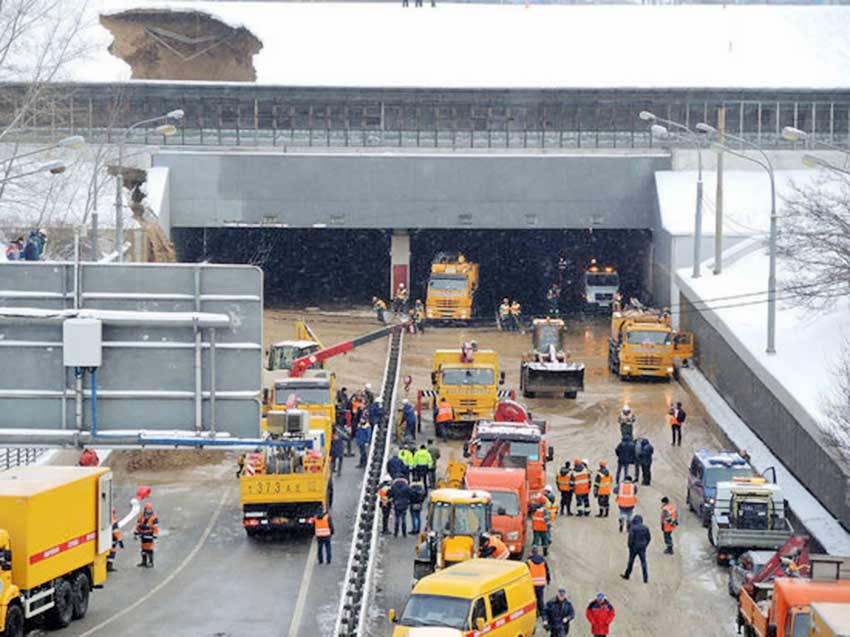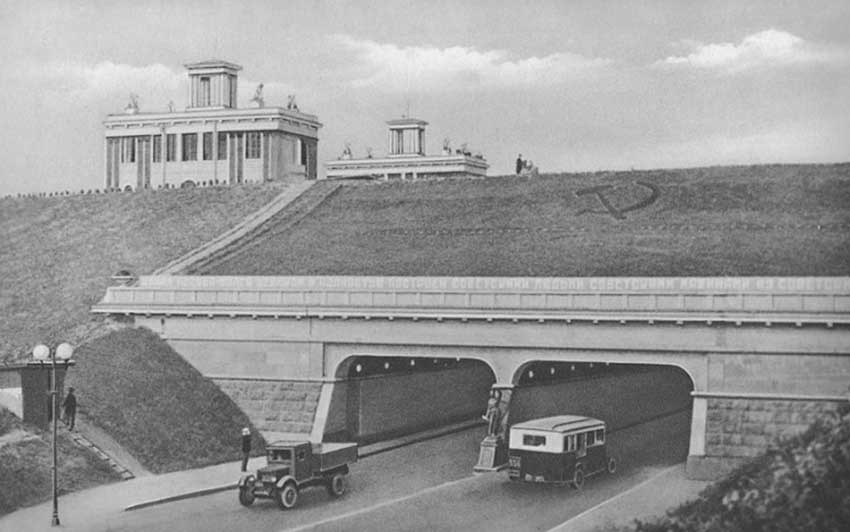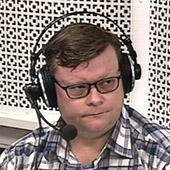Tushino tunnel will close for the night until the end of April

18 January 2019
Residents of Tushino have to endure the inconvenience of transport almost before the may holidays
Breakthrough of water from the aqueduct of the Canal named after Moscow (between 7th and 8th locks), stopuri liquid mud road tunnel January 10, and causing traffic jams on the North-West of the capital, seemed to be eliminated by the evening of the same day.

However, it was much more serious. Thus, the Moscow authorities announced that in the period until 30 April the Tushino tunnel will work day-limited bandwidth (narrowing the roadway to one lane) and night (from 1:00 to 5:30) to close completely. It is necessary to restore eroded levees.
The causes of erosion, by the way, is still not exactly identified – suspected of having the repairs carried out in 2001 in connection with the extension passing under the aqueduct channel tunnel.
According to the certificate compiled by the "Komsomolskaya Pravda":
Tushino tunnel was built on the Volokolamsk highway in 1937 during the construction of the channel Moscow – Volga, which is now called the Moscow canal.

First Tushino tunnel was opened in 1937
January 10 at 10 a.m. in the area of lock No. 8 and there was erosion of the soil. In this place the channel is laid between the two is powerful enough (as it seemed over 8 decades) of high dams, so there was never a bridge and road tunnel. Originally it consisted of two parallel passages, one for each direction. In 1944, the tunnel went trams.In 1972 part of the tunnel complex was opened another passage which has been translated traffic on Volokolamskoe shosse from the center.
In 2001, there was a radical reconstruction of the tunnel complex – was built two tunnels, including three-band for traffic on Volokolamskoe shosse from the center and a two-lane to exit onto Liberty street. Unlike the previous tunnels they made curved. Especially greater curvature has a tunnel to Liberty street. The construction of the tunnels was accompanied by a drainage channel and full replacement of embankment dams (which work now on the suspected causes of the break). Thus, the total number of tunnels under the channel was increased to five. Both old tunnel, respectively, 1937 and 1972 the building was transferred to traffic only to the center of the city.
P. S. in Moscow only "lucky" in January, the erosion of the tunnels and ground failures, as of January 15 half day off new Northern "green" line from the station Petrovsko-Razumovskaya to Seligerskaya station, where up to 100 workers were removed breakthrough of the soil in the tunnel, in addition, a sinkhole formed in the street Fergana (also, according to experts due to subway construction). So festina lente – hurry slowly. High rates of commissioning of facilities (especially new lines and subway stations) in the capital, a good course, but the focus and responsibility for construction projects related to water, exercise and builders and city leadership need.
|
|
|
Element was not found.








